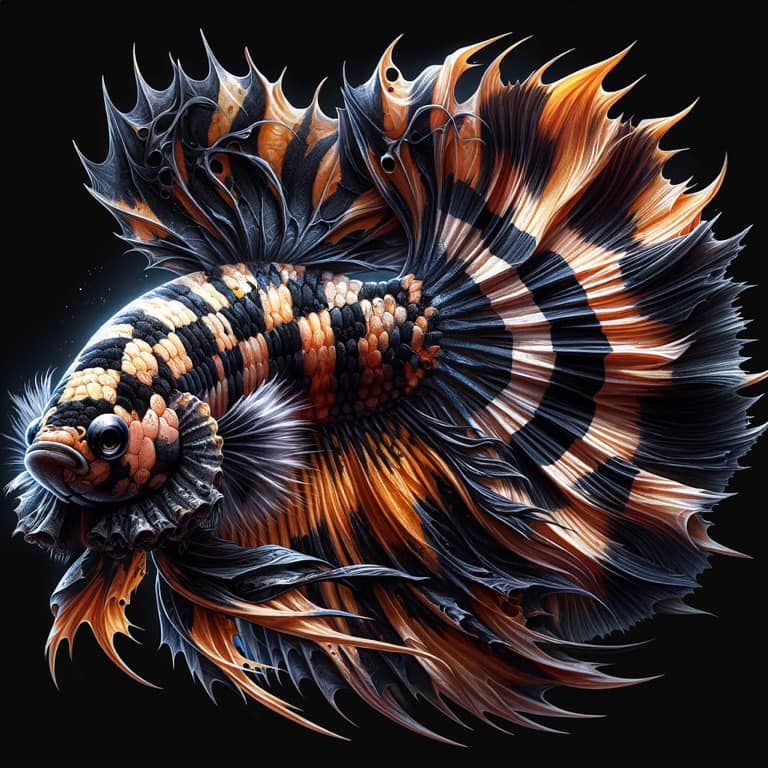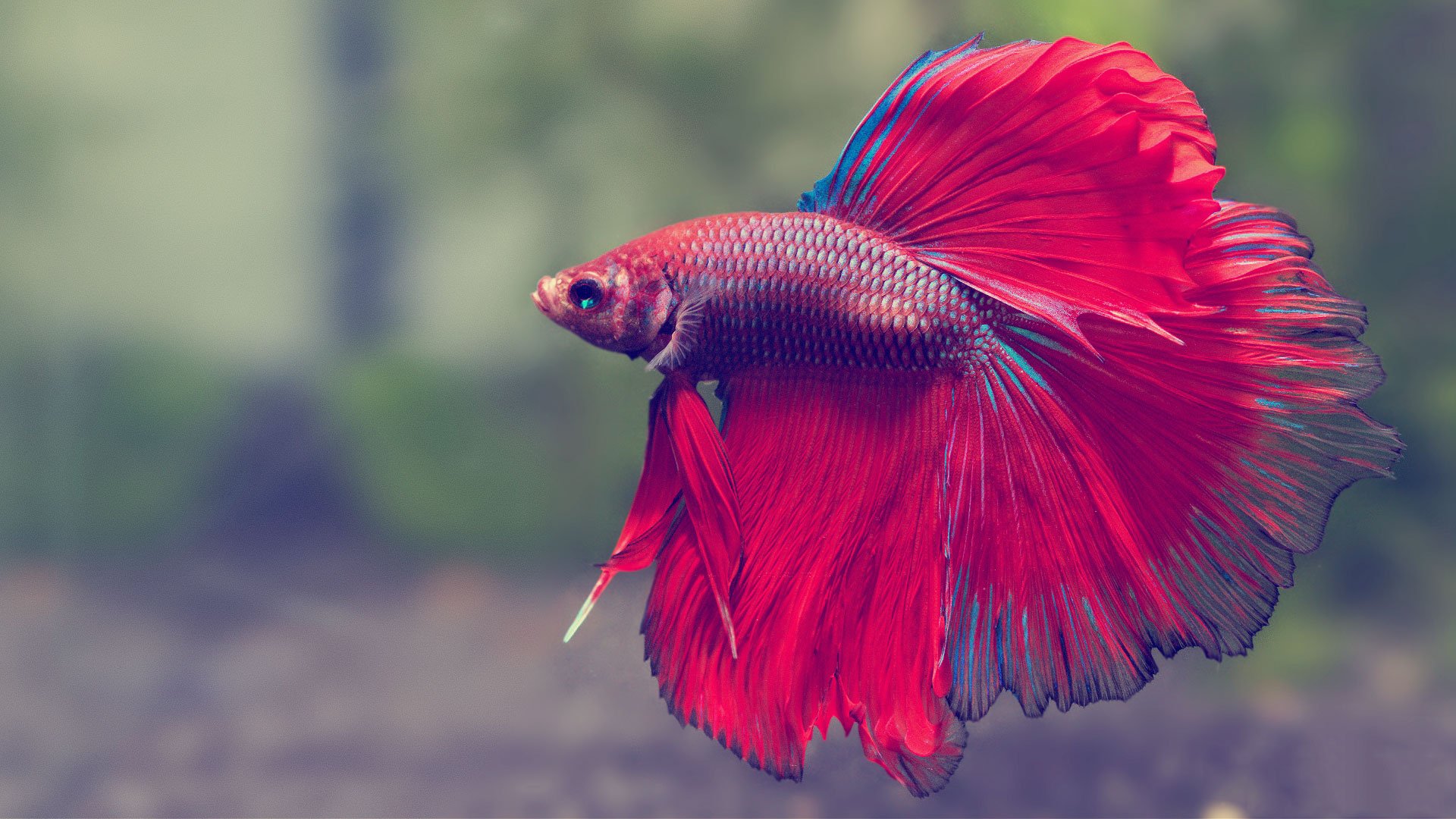The Ultimate Betta Fish Treatment Guide for New Family Pet Owners
The Ultimate Betta Fish Treatment Guide for New Family Pet Owners
Blog Article
Exactly How to Breed Betta Fish Successfully: Professional Strategies and Insights for Hobbyists Aiming To Broaden Their Betta Collection
Reproducing Betta fish needs a nuanced understanding of genetics and ecological conditions, making it crucial for enthusiasts to approach the process with both diligence and treatment. Creating an optimum breeding setting, picking the appropriate pairs, and observing the complexities of their courtship actions are foundational actions that can significantly affect the result. In addition, the succeeding care of the fry is important for ensuring their healthy advancement. As we explore these crucial elements, it ends up being clear that effective reproduction is not simply about the initial pairing yet includes a broader technique that benefits cautious consideration.
Recognizing Betta Fish Genes
Comprehending the genetics of Betta fish is crucial for successful reproduction, as it affects characteristics such as shade, fin form, and behavior. Betta fish display a varied range of shades and patterns, greatly figured out by their genetic makeup.
Along with pigmentation, fin morphology is one more substantial aspect of Betta genes (betta fish). The form and size of fins are influenced by different genetics, consisting of those that determine whether the fins are short, long, or veil-shaped. Comprehending these genetic variants assists dog breeders anticipate the phenotypic outcomes of their children
Additionally, behavior characteristics such as aggressiveness and territoriality can additionally be influenced by genetics. These habits play a vital role in the reproducing process, as they can affect generating success and the overall character of the resulting fry. By comprehensively recognizing these hereditary concepts, breeders can make educated choices, inevitably boosting their reproduction programs and attaining desirable results.
Preparing the Breeding Environment
Developing an optimum reproduction atmosphere is vital for the successful reproduction of Betta fish. The initial step in preparing this atmosphere is to choose an ideal reproduction container, preferably ranging from 5 to 10 gallons.
Following, take into consideration the use of a sponge filter or an air rock to provide gentle water blood circulation without producing solid currents that can worry the fish. It is important to mount plants or reproducing cones to provide concealing spots and advertise comfort for the lady throughout the spawning procedure. Drifting plants, such as Java moss or water sprite, can likewise produce a much more natural surroundings while helping with bubble nest building by the male.
Before introducing the reproducing pairs, make sure the water is conditioned and devoid of dangerous chemicals, such as chlorine or heavy steels. betta fish. Routine water adjustments ought to be performed to preserve optimal water high quality, boosting the possibilities of successful breeding. With these preparations in position, the breeding setting will certainly support the health and wellness and wellness of both Betta fish
Picking Breeding Pairs
Selecting the appropriate breeding pairs is important for achieving successful Betta fish recreation. Healthy Betta fish exhibit vivid colors, clear eyes, and energetic habits.
Character is an additional essential consideration, as Betta fish are known for their hostile nature. It is advisable to select a man and lady that exhibit suitable temperaments to reduce stress throughout the reproducing process. A tranquil male can motivate a smoother courtship, while a woman that is as well hostile might disrupt the process.
Hereditary background additionally plays a significant role in the Resources quality of the offspring. Breeding fish that are genetically varied can reduce the danger of hereditary wellness problems and improve the overall vigor of the fry. It is beneficial to look into the lineage of both the man and female, concentrating on desirable qualities such as fin type, shade patterns, and size.
The Reproduction Process
The reproduction procedure of Betta fish calls for mindful planning and focus to information to make certain an effective end result. It is vital to prepare an ideal breeding tank, preferably a 5-10 gallon aquarium with a temperature maintained at 78-80 ° F. The storage tank ought to be outfitted with a heating unit, filter (ideally sponge kind to stay clear of strong currents), and lots of water plants for the female to hide.
When the atmosphere is set, introduce the chosen reproducing set to the storage tank, allowing them to accustom. Observe their actions; the male will certainly display fancy courtship routines, consisting of flaring his fins and building a bubble nest. If the female reveals interest, she will certainly display upright stripes indicating readiness for spawning.
When the female is receptive, both will certainly take part in a breeding embrace, throughout which the male fertilizes the eggs. It is critical to check their communications carefully, as the man may become hostile. After spawning, get rid of the female to stop possible harm. The man will often tend to the eggs, which commonly hatch within 24-36 hours. Maintaining ideal water conditions throughout this period is vital for the advancement of healthy Betta fry.
Caring for Betta Fry

Feeding Betta fry is essential, as they need a diet plan high in protein. Originally, they can be fed infusoria or liquid fry food, transitioning to finely smashed top quality pellets as they expand. Feed small portions multiple times a day to encourage healthy development without straining the storage tank with leftover food.

As they Your Domain Name grow, check their development carefully and separate any kind of hostile people to protect against damage. By giving a nurturing setting and proper nutrition, hobbyists can effectively increase Betta fry into vivid, healthy fish, ultimately enhancing their breeding ventures.
Final Thought
Successful Betta fish breeding calls for thorough attention to hereditary choice, environmental problems, and treatment for the fry. By understanding the genetics of view publisher site Betta fish and preparing a suitable reproduction setting, hobbyists can improve the opportunities of producing lively, healthy and balanced offspring.
Report this page